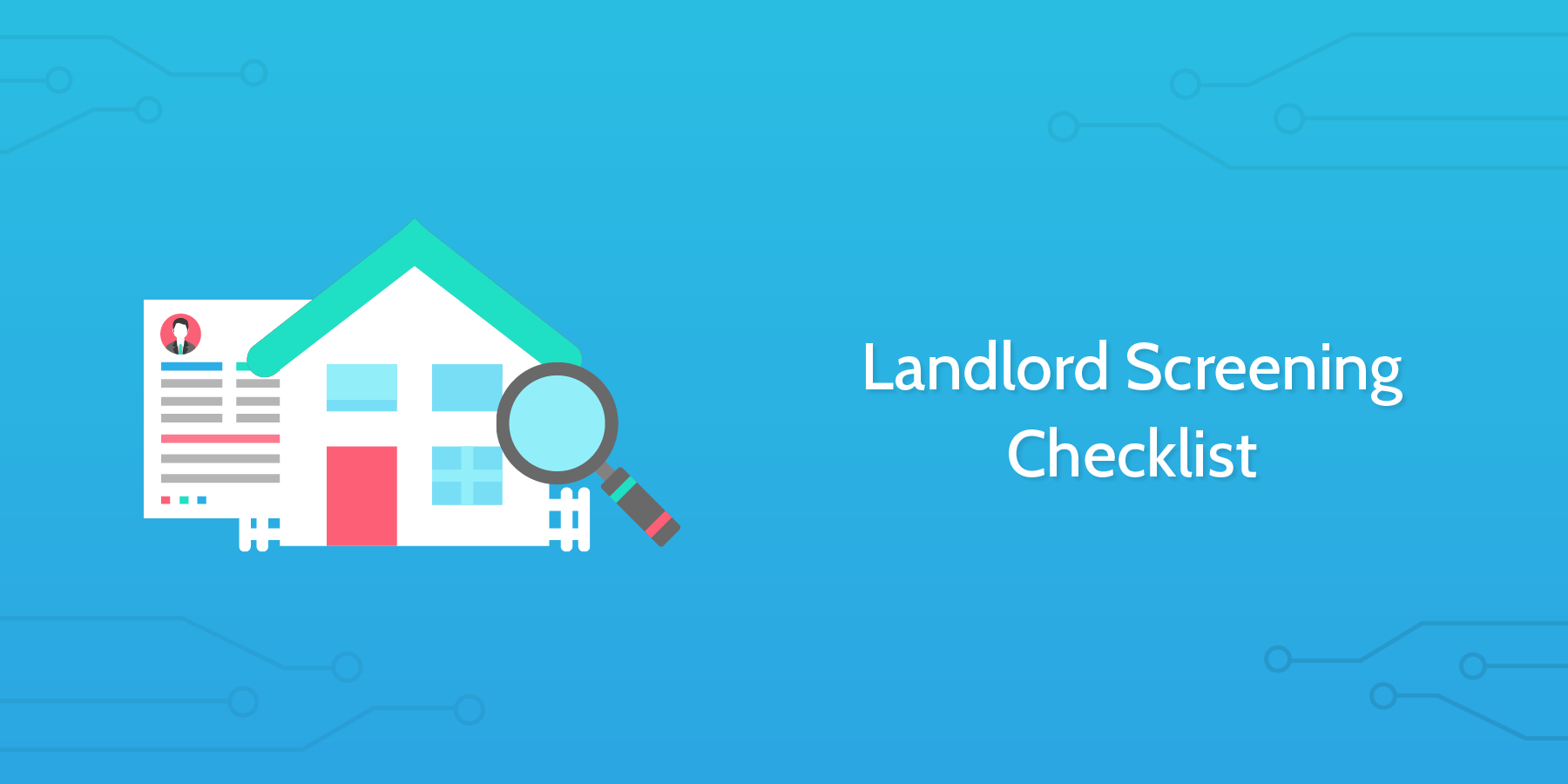Great work! A property owner has expressed interest in being represented by you, it’s now up to you to evaluate if they are a good fit before you begin the onboarding process.
Taking the necessary steps to screen and qualify a potential client is essential because ultimately they are contributing to your salary in the form of management fees and will only do so if both parties feel sure that they are engaging in a mutually beneficial relationship.
In other words, although finding and onboarding the right tenants is the bulk of your work, it is equally important to bring on the right clients. A demanding or micromanaging landlord, or one who doesn’t understand the value that property management adds to their investment, can make your life a waking nightmare.
Run this checklist to confirm you are agreeing to manage properties that are suitable for your business, and are owned by a landlord who is aligned with your values.
This is the foundation of a successful property management agreement.
Let's get started!
As you work through the tasks, the checklist will expand in accordance with how the screening process progresses.











